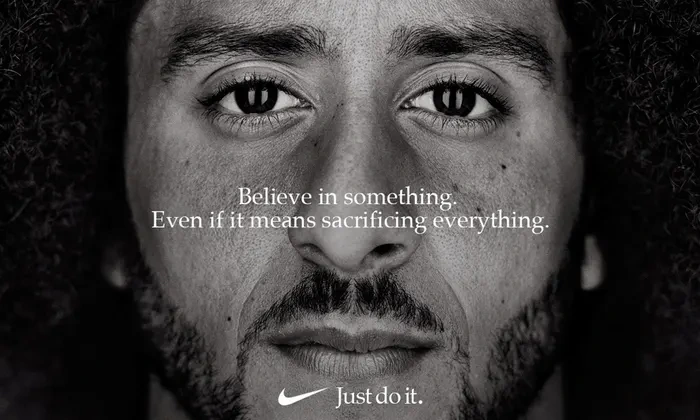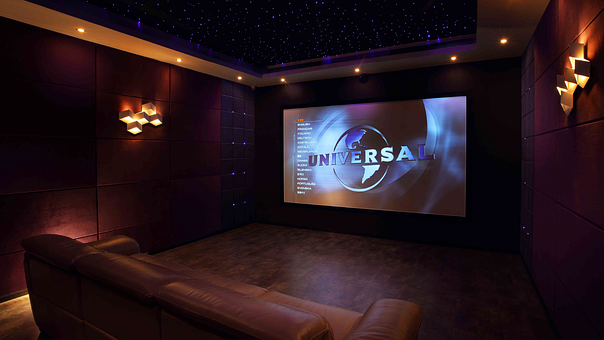Just as colors could serve as an attractive force that pulls a consumer toward a billboard ad, the color of people can have the same effect. As long as a subject has multiple legitimate variables, the issue of inclusion must arise – and this is the case with the advertising industry.
Consumers make up a wide range of people from different backgrounds and of different colors. And if the products must reach the desired population, the means of publicity must include the targeted audience. You don’t see only male pupils in a primary school advert for boys and girls.
Become an insider. Subscribe to our newsletter for more top trending stories like this!
This read brings spicy information to your table and portrays – just a tip of a gigantic iceberg – how consumers respond to interracial advertising as part of the contemporary ‘woke commercials.’
But before we delve in, how about we understand the critical terms in the subject matter?

What is Interracial Advertising?
Interracial advertising is a contemporary development. In the past, most ads featured just white people, white voices, and white POVs. But today, it’s more inclusive to other races. So, we can deduce that interracial advertising is the inclusivity and diversity of races in ads.
But how did it come to the limelight? And why are so many companies securing their spaces in the inclusivity train? It is because commercials are for the sole purpose of attracting consumers from different races. For example, every human needs clothes – White, Black, Hispanic, Asian, Native American.
Woke Commercials
The word ‘woke’ has become widely used since the Black Lives Matter Movement gained traction in the U.S. (around 2013). #Staywoke urged social media users to remain aware of the narrative when it came to issues of systemic racism, police brutality, and general social injustice.
Woke commercials are intelligent ways advertisers and brands take advantage of these issues and use them in advertising to boost sales through a carefully developed brand identity that connects with the customers on an emotional level with the current societal problems.
An example of a Woke Advertisement is the Nike advertisement featuring Colin Kaepernick, the NFL player who protested Black Lives Matter by kneeling during the national anthem. The brand sent out a message that it was not hesitant to “take a side” even if it defied its status quo.

How Consumers Respond to Interracial Woke Commercials
‘To every action, there is a reaction.’ The advancements of interracial woke commercials have not gone unnoticed. To some, it is welcome, and to others, the development is an unimportant strategy. We’ll look at a few responses to interracial woke commercials.
Negative Responses
The opposing reactions to interracial advertisements did not start today. In 2013, Cheerios had to close the comment section of an ad that portrayed an Interracial family because the ad received such a negative response.
Become an insider. Subscribe to our newsletter for more top trending stories like this!
Even though interracial marriage has long existed, a study found that ads featuring black-white couples evoked more negative emotions and less favorable attitudes toward the ad and the brand than similar ads with same-race couples.
The Nike ad featuring Colin Kaepernick drew a lot of flak for featuring and promoting such a divisive figure.
A wave of anti-corporate protests began after the divisive campaign because Kaepernick was prominently featured in it. On social media, several individuals went as far as setting their Nike gear on fire or damaging it to condemn Kaepernick.
Looking from a different light, some individuals see the incorporation of Blacks and other minor races into ads as a money-making strategy as the racism topic has become one dear to the heart of many.
Positive Responses
Kelly Thalman, a white single mother of a mixed child from Alexandria, Virginia, is happy to see the trend.

“It makes children who may look a bit different than their Caucasian peers feel that they’re also represented,” she said. “When my son watches an advertisement during a children’s show, I want him to see a mom and dad who look like his mom and dad,” (who is Black) “and not just Caucasian families.”
The diversity of races in ads is generally accepted by people, especially the minor ethnicities as it comes with a sense of inclusion.
Other Responses
Additionally, advertisements promoting acts of kindness do not experience the same reaction as others, whether or not they are interracial ads.
Become an insider. Subscribe to our newsletter for more top trending stories like this!





